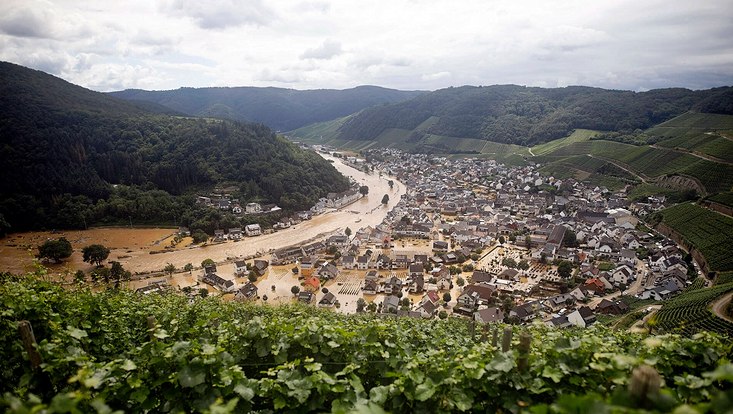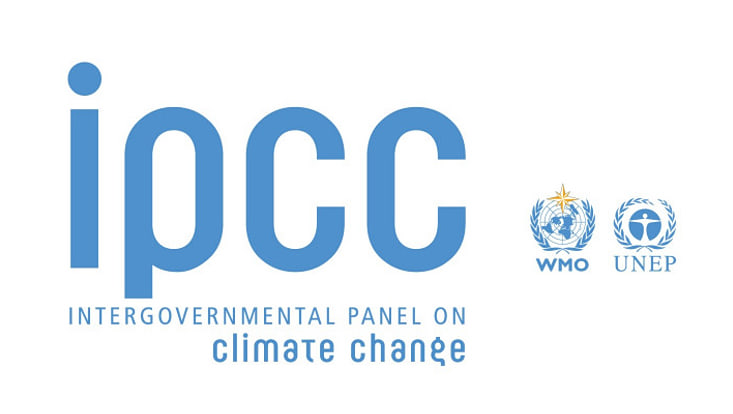New publication on extreme rainfall events
11 April 2024

Photo: wdr.de
Climate change is expected to increase the intensity and frequency of extreme rainfall events. However, due to their rare nature by definition, it is challenging to find signals of change or trends in observations. In the study “Updating catastrophe models to today’s climate – An application of a large ensemble approach to extreme rainfall” published in Climate Risk Management, Dr. Andreas Lang & Dr. Benjamin Poschlod apply a unique high-resolution climate model large ensemble over Europe to compare the recent past (1980-1999) and the current climate (2015-2034). With a spatial resolution of 12 km it can represent extreme rainfall well, and with an ensemble size of 50 model realisations, a sufficient number of rare and extreme events are available to robustly assess changes.
For 3-hourly rainfall extremes with an occurrence probability of once in 50 years, they find that already 44% over European land are affected by increases due to a warmer climate. For longer-duration rainfall extremes (72 hours), the change is less pronounced, amounting to 15% of land area.
Lang & Poschlod follow that catastrophe and risk models, which are applied in the insurance sector, have to be updated to account for these recent changes in extremes. Furthermore, they identify areas (e.g. in Spain), where rare extremes (once in 100 years) increase, while common extremes (once in a year) decrease. Failing to detect and consider these tail changes or assuming equal changes for common and rare extremes may therefore lead to an under- or overestimation of the true level of risk today.


